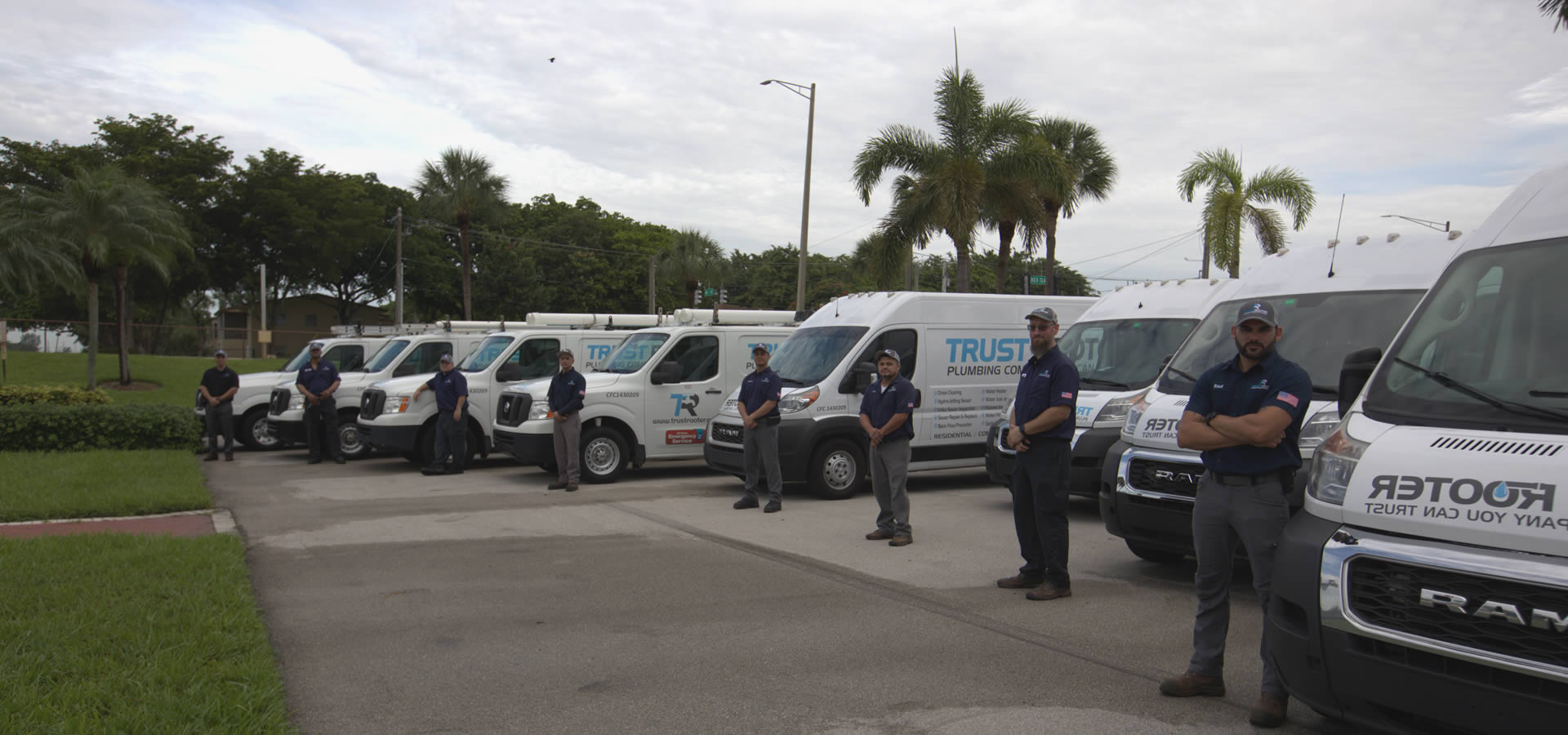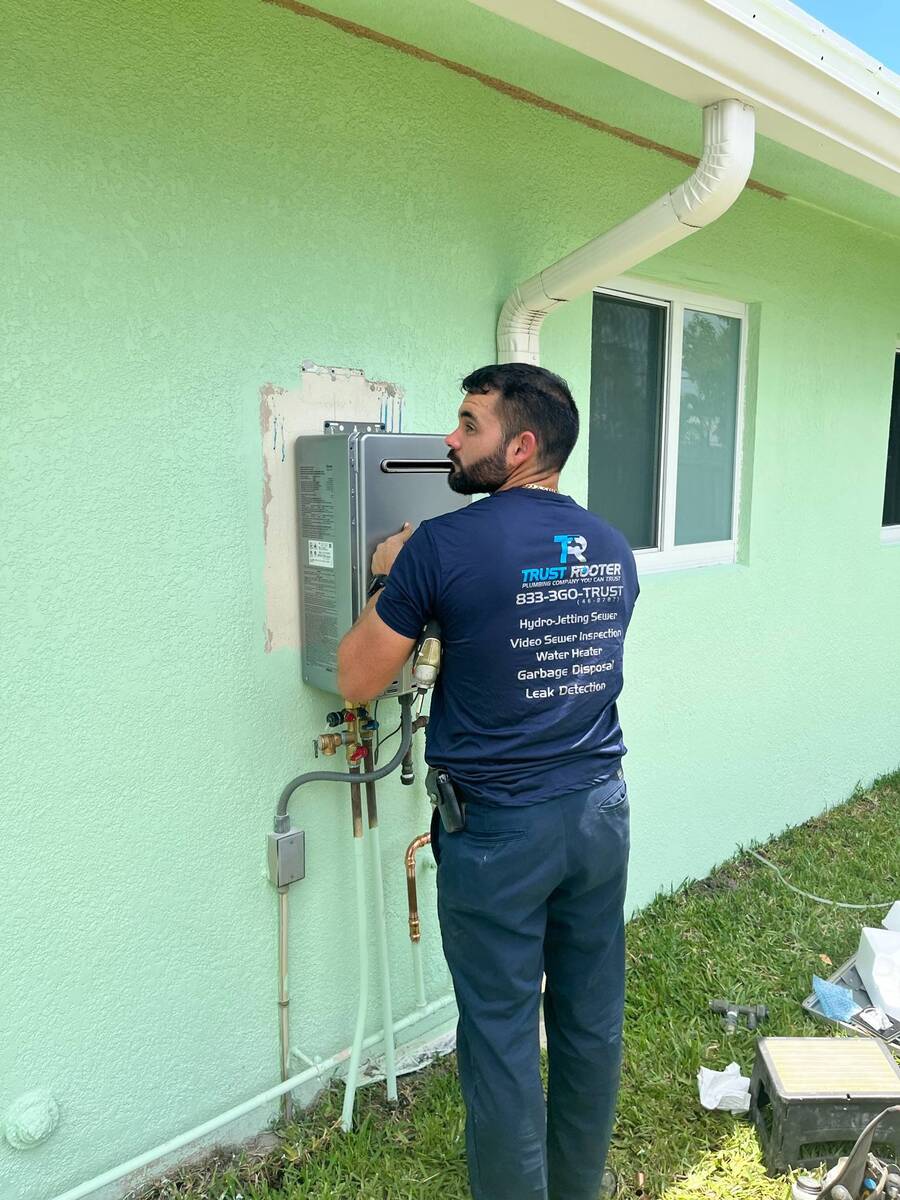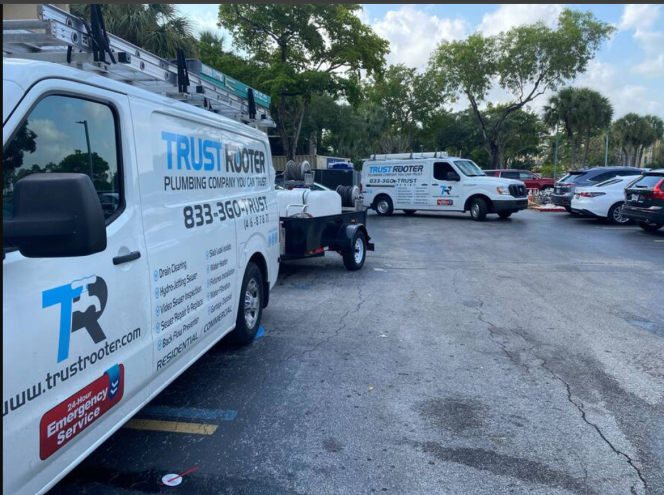How To Perform A Hot Water Heater Flush
It is imperative to conduct routine maintenance on your water heater to guarantee its longevity and efficiency. A hot water heater flush is a critical maintenance duty. This procedure assists in the removal of sediment accumulation that may impair the heater's functionality and result in increased energy expenditures. Although many householders may be inclined to contact a plumbing service for this task, it is quite straightforward to complete independently.
In this blog post, our professionals from Trust Rooter Plumbing & Drain Cleaning will walk you through the steps of flushing your hot water heater, ensuring you keep your plumbing repair service calls to a minimum and extend the life of your appliance.
Why Flushing Your Water Heater is Important
The bottom of your water heater tank accumulates sediment and mineral deposits as time passes. This buildup can decrease the heater's effectiveness, necessitating it to work harder to heat the water. This not only results in an increase in your energy expenses but also reduces the lifespan of the heater. Regular cleaning is instrumental in preventing these issues, thereby ensuring optimal performance and avoiding unnecessary water heater repairs.
Preparing For The Flush
Before you begin, gather the necessary tools: a garden hose, a bucket, and a flathead screwdriver. Ensure you turn off the power supply to the heater. Switch off the circuit breaker for electric water heaters. For gas water heaters, adjust the regulator to the "pilot" position. To prevent scalding, allow the water heater to settle for a few hours.
Step-by-Step Guide to Flushing Your Water Heater
- Turn Off the Water Supply: Turn off the cold water supply valve located at the top of the appliance. This stops new water from entering the tank during the flush.
- Connect the Hose: Connect one end of the garden hose to the discharge valve located at the base of the heater. Place the other end in a safe drainage area, such as a floor drain, driveway, or large bucket. Ensure that the hose is securely connected to prevent the occurrence of leakage.
- Open the Drain Valve: Using a flathead screwdriver, carefully open the drain valve. Allow the water to flow out through the hose. Be cautious, as the water may still be hot. If you're using a bucket, you may need to empty it several times during the process.
- Open a Hot Water Tap: To help the water drain faster and prevent a vacuum from forming, open a hot water tap in your house. This allows air to enter the system, ensuring a smooth flow of water out of the heater.
- Flush the Tank: Once the water has stopped draining, turn the cold water supply back on briefly to stir up any remaining sediment. Allow this water to drain as well. This process should be repeated until the water is clear, which signifies that the sediment has been removed.
- Close the Valves and Disconnect the Hose: Once the tank has been completely flushed, quickly disconnect the garden hose and securely close the discharge valve. Close the hot water tap you opened earlier as well.
- Refill the Tank: Reconnect the cold water supply and allow the tank to replenish. Once full, restore the power supply to the heater. For electric heaters, turn the circuit breaker back on. For gas heaters, set the thermostat back to its original setting.
- Post-Flush Inspection: After completing the flush, check for any leaks around the drain valve and hose connection points. If you notice any leaks, you may need to tighten the valve or replace a faulty washer. Furthermore, supervise the heater for a few hours to guarantee that it is heating the water effectively.
When to Call a Plumbing Service
Although cleaning your water heater is a relatively straightforward process, there are circumstances in which it may be necessary to contact a plumber instead. Professional assistance is advised in the event that you encounter any challenges, such as persistent leaks or a malfunctioning drain valve. Regular maintenance of a water heater by a plumbing service can also assist in the identification of potential issues prior to their development into complex problems.
Need a Reliable Company?
Are you in need of water heater maintenance? Luckily, we at Trust Rooter Plumbing & Drain Cleaning have dedicated workers ready at your service. Contact our representatives for more questions.



 Jul 11,2024
Jul 11,2024


